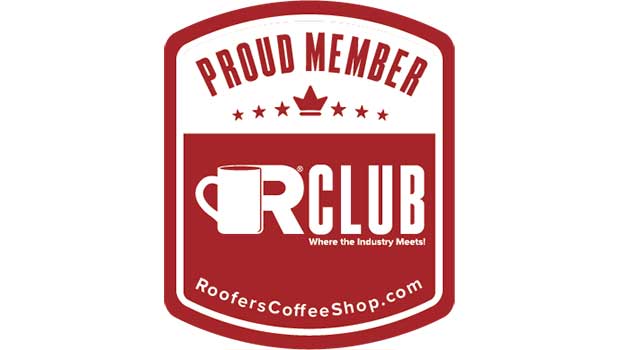Whether you’re constructing a new home or planning an addition to an existing one, you’ll need to discuss with your roof service contractor and decide the type of structure that will support your roof. You’ll have two choices, which are rafters and trusses. You might find in the attic of older homes that rafters were highly popular back then, but nowadays, the home improvement industry leans a bit more on using the truss method when constructing a residential roof.

Choosing either roof structure will give you certain advantages that the other one won’t have. Some homes even have both types of structures holding their roofs! Here’s a closer look into each roofing structure:
What Are Rafters?
Rafters are used in a type of roof construction known as “stick framing.” The rafters are lengthy planks (typically 2 x 10s or 2 x 12s) that slope down from the central ridge beam at the peak of the roof and intersect with the exterior walls. These long planks support the roof sheathing and roofing. Their ceiling joists are extended horizontally across the floor of the attic space, which is between the exterior walls and secures them together. This along with the rafters above create a solid structure that supports the attic and the roofing system.
What Are Trusses?
This is a prefabricated wooden structure that utilizes a triangular webbing of structural members. This provides support for the roof above while tying together the exterior walls of the house. The long sloping beams that extend to the top of the truss and the beam that runs horizontally along the bottom are called chords. The beams and ties that compose the interior triangular webbing of trusses are designed to distribute the weight of the roof over a broad area. When you choose this type of structure to support your roof, make sure that you have it prefabricated by a trusted roof service company.
What Are Their Key Differences?
If you’re planning to turn your attic into an additional room, then having rafters will be better for your construction because it gives more storage space. Rafter construction also offers attic insulation functioning as a radiant barrier. On the other hand, trusses are manufactured in the factory and are cut precisely by computer-aided saws and other fabrication equipment. This offers more quality control and faster construction.
To know more about the benefits of rafters and trusses for your home construction, consult with our roof repair contractors at Fields Roof Service. Call us at (253) 852-4974 or through our convenient online request form.




















